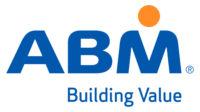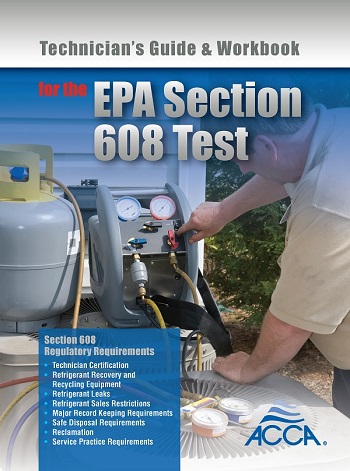WASHINGTON — The U.S. Environmental Protection Agency (EPA) and the National Institutes of Health (NIH) announced the winner of the My Air, My Health Challenge, which called upon innovators nationwide to design a small, low-cost sensor that integrates air quality measurements with related health data, such as heart rate and breathing.
The innovations are designed to help EPA and NIH as they continue their work together to better understand, in real time, the impacts of harmful air pollution on people’s health.
Judges for the EPA and NIH challenge selected the team of David Kuller, Gabrielle Savage Dockterman, and Dot Kelly from among finalist teams. The award was presented at Health Datapalooza IV in Washington.
The winning team will receive a $100,000 award for developing Conscious Clothing, a wearable, real-time breathing analysis tool that calculates the amount of polluted air a person inhales. Estimates of pollution exposure result from how deeply the person breathes and how much pollution is in the air. This data is transmitted to any Bluetooth-enabled device, such as a cell phone.
“This integration of technologies represents a growing area of interest for environmental and health scientists,” said Glenn Paulson, Ph.D., EPA science advisor. “We’re at the edge of a technology wave where anyone can use these sensors — these innovations will help EPA better understand air pollution’s impacts on people’s health. The potential impact on personal health care and local environmental quality is tremendous.”
“With people wearing these new data-collecting devices, researchers will be able to see and understand the relationships between varying levels of chemical exposures and individual health responses, in real time,” said Linda Birnbaum, Ph.D., director of the National Institute of Environmental Health Sciences, part of the NIH. “This is a big step forward toward treating, and more importantly, preventing disease and illness. This is an exciting time in research.”
These types of low-cost, portable, easy-to-use sensors have the potential to produce a more complete picture of air quality and individual health in communities across the country.
Publication date: 7/8/2013
Want more HVAC industry news and information? Join The NEWS on Facebook, Twitter, and LinkedIn today!







